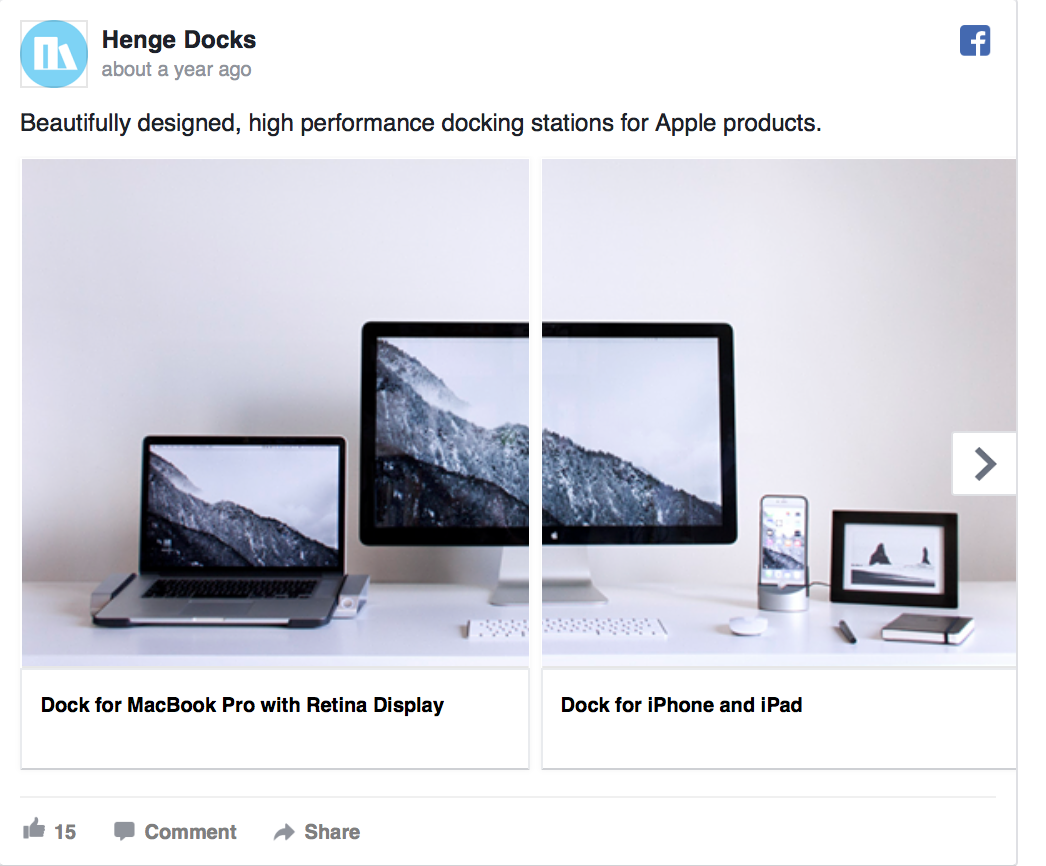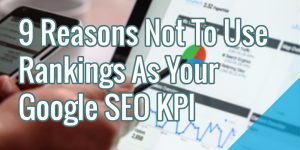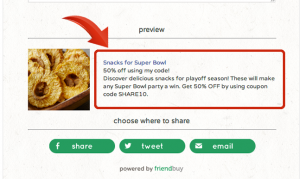— August 31, 2017
Most businesses understand the importance of switching up the headlines, images, and offers on their Facebook Ads, but many forget that they should also be diversifying their ad formats.
Facebook Ads (and thus, Instagram Ads) come with a large variety of different placement options and ad formats. This works to your benefit—you can use different ad formats to keep your ads unique, engaging, and interesting. At the very least, you should test out different ad formats and see if they can be effective for you.
In this post, we’re going to go over all of the different Facebook Ad formats that you should—but might not—be using and how to best use them. All but one has the option to combine these engaging formats with video, which we recommend doing for best results.
Facebook Video Ads
Facebook and Instagram video ads are now used almost as frequently as ads that only contain a single still image. Unfortunately, it’s mostly larger brands who are using video in their ads; most small and medium businesses typically think that creating professional-quality video would be too expensive. (Fortunately, we’ve debunked that here when you use video editing software like Shakr!)
You can use Facebook video ads successfully for any objective on both Facebook or Instagram. Video is often easily more effective than still images, and allows you to get a more complete point across to viewers. They’re more effective at helping you get your brand’s story and personality across, which is a huge advantage. Keep your videos between 20 and 90 seconds long for Facebook, and you’ll be home clear.
You can choose a simple single video ad format, or you can use video with other ad formats for just as great results
Carousel Ads
Carousel ads are sometimes also referred to as multiple-image ads, or multiple product ads. They let you add between three and ten slides in a single ad. Each of these slides will have either an image or a video, and you can customize the text and link for each. Carousel ads can be used on both Facebook and Instagram.

There are several great uses for carousel ads. Some brands, for example, use them to feature multiple different products. You can feature diverse products to cold audiences, hoping to show them something that sticks, or a number of similar products when retargeting if you know their past purchase history (like an iphone and all its accessories). You can also highlight multiple features of a single product. BlitzMetrics even recently used an ad to introduce a prominent employee, as seen below. The sky is the limit.

Carousel ads are exceptionally effective on both Facebook and Instagram, as our Harvard case study proved. They have high engagement and conversion rates. For best results, use a video in one of the first three slides, and make sure that the text on each individual slide is unique.
If you’re ready to make Facebook Canvas Ads, Shakr has plenty of templates proven to drive high conversions and engagement. Check them out here.
Facebook Canvas Ads
If you aren’t sure what Facebook canvas ads are, you aren’t alone. Plenty of users don’t really know what they’re looking at when they’re seeing them, and they definitely aren’t a super popular ad type.
Canvas ads are meant to be an interactive “experience,” and are only for mobile users. You’ll see a “click to expand” CTA on the ad itself. Once you click it, the canvas ad will take up the entire device’s screen. Brands can add sounds, music, images, videos, and CTA buttons to the Canvas. Users will scroll from slide to slide on the canvas. You can see how to make one here.
Canvas ads have the benefit of being unique and encouraging viewer interaction. They also take up a users’ entire mobile screen, eliminating all other digital distractions in that moment. This is a benefit shared only by Instagram Story Ads.

Facebook canvas ads are, in general, much more effective when used for brand awareness than actual conversions. They’re interesting and stand out in a users’ mobile feed because it looks different, but they have lower conversion rates than most other types of ads. To increase the potential for site traffic and conversions, make sure you put CTA buttons on every slide within the Canvas and use video to help bring your point home.
Instagram Story Ads
Instagram Story Ads are a placement exclusive to Instagram, just like canvas ads belong to Facebook. Also like canvas ads, Instagram Story Ads share the platform-unique benefit of taking up a users’ entire screen while the ad is playing. Also like canvas ads, Story Ads are a mobile-only experience.
Instagram Story Ads play in between the organic stories of the other users a viewer follows. Once your story is over, users can’t navigate back to it. Instagram Story Ads have recently been enhanced significantly. Before, you could only try to build brand awareness and hope that the message stuck, but with a fairly recent update you can add links and CTAs to the Story Ads.
Instagram Story Ads are still often most effective when you want to build brand awareness, but you should focus in on getting users to click that CTA (and yes, you should always have a clickable CTA so they can learn more before the ad is over). To make your Story Ads, check out StoriesAds, which was created when we teamed up with Hubspot. You can make stunning Story Ads like the example above in just 2 minutes, and it’s free for a (very) limited time.
Final Thoughts
Facebook Ads and Instagram Ads have so many ad options it can become overwhelming very quickly. To combat this, focus on each specific campaign and what you want to accomplish with it. You can create multiple versions of the same campaign with different ad formats and see what works best for your different objectives and amongst your target audience. Just remember to always add video when possible, since video consistently yields significantly higher engagement rates, click-through rates, and conversion rates.
Digital & Social Articles on Business 2 Community
(123)
Report Post




